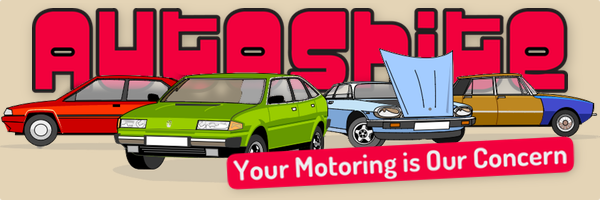75 P6 V8 - Bye, this car
-
Similar Content
-
Hello Pug .. Bye Bye Voyager
By Bfg,
- 25 replies
- 2,273 views
-
- 71 replies
- 6,422 views
-
Cars at Sunset 1 2 3
By inconsistant,
- 89 replies
- 8,049 views
-
- 173 replies
- 17,064 views
-
- 422 replies
- 33,372 views
-







Recommended Posts
Create an account or sign in to comment
You need to be a member in order to leave a comment
Create an account
Sign up for a new account in our community. It's easy!
Register a new accountSign in
Already have an account? Sign in here.
Sign In Now